Harvard University shows LSST how cats and nature are propelling pandemic progress
By Kunal Chan Mehta | Article Date: 14 May 2021
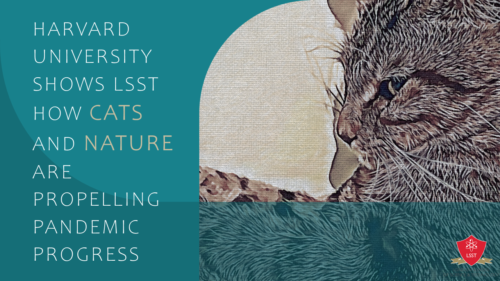
Harvard University experts show LSST’s Deputy CEO and students that there are ample amounts of answers to the pandemic’s challenges in what encircles all of us every day: nature – and, to their owners at least, cats.
LSST discovers from Dr Richard Novak, a globally respected Harvard University scientist and engineer, that by mimicking nature, and its strategies, beneficial real-world outcomes can be produced to combat the ongoing pandemic.
During the initial lockdown phase, nasal swabs were in short supply. In response, experts at Harvard University and its innovative Wyss Institute for Biologically Inspired Engineering, of which Richard is a lead engineer, created mass-producible nasal testing swabs inspired, designed and modelled on – of all things – cat tongues.
‘My background is in microfluidics, so I thought about how the viscosity of the target sample would play into the interfacing device. To me, it seemed odd to see swab companies advertise their swabs with dyed water, given that mucus is far more viscous,’ said Dr Novak to LSST, about his timely and fortunate breakthrough.
‘I thought about what features would enable retaining mucus while not hindering its release into a downstream extraction solution. Cat tongues came to mind since they are used to more or less to wick liquid for drinking (unlike dogs that lap water and flick it in) and for depositing saliva (not that different from mucus) for grooming.’
Nature’s mastermind
Socrates famously said wonder is the beginning of wisdom. Homing in on nature’s mastermind, and wondering about its magnificence, Harvard University shared with LSST the axiom: we need to learn from the wonders of nature when planning and developing our modern world.
Dr Novak’s work addresses nasal swab shortfalls across the United States – and beyond – through skilled mimicry of feline nature. Marvelling at how the primeval design of cat tongues is helping combat the coronavirus today, Dr Novak added: ‘I saw a recent study on cats rapidly being able to deposit saliva very efficiently when grooming, so it made sense to try. Of course, a complicating aspect was that the raspy texture would probably not be comfortable or practical to manufacture at large scales using injection moulding.’
‘Going back to my microfluidics experience, I thought about a ring design that would be smoother and more comfortable while being manufacturable and even flexible when inserted into the nose. It’s not ideal, since the ring spacing could be made smaller for even better fluidic properties, but it was a good trade-off. And we tested the release properties, and the non-absorbent ring structures release samples practically instantly even after drying.’
Harvard University now licenses Dr Novak’s nasal swab collection technology to mass start-up Rhinostics. The combined technologies could reduce labour and time required for COVID-19 diagnostic testing 10-fold and facilitate future diagnostic testing of other respiratory diseases in terms of meeting high volume demands, reducing errors and manual repetitive motions.
Nature as a sophisticated innovator
‘Nature is, by far, the greatest and most sophisticated innovator. Immeasurable breakthroughs are, in their own way, patiently awaiting discovery,’ added Mr Mohammed Zaidi, LSST’s Deputy CEO. ‘Dr Novak’s nature-centric creativity is needed now more than ever to solve global pandemic challenges. His work inspires many at LSST in knowing that the mastery of nature can support innovative research to find robust solutions.’
‘The pandemic has coerced us into becoming more aware of what is around us – for the better – and enhanced our creativity in scientific research,’ asserted Ileana Pastorcici, LSST’s Student Union Coordinator and Health and Social Science student. ‘Nature is an unlimited resource for scientists and, like Dr Novak, we must aspire to find euphoric discoveries within it.’
COVID-19 has shined a light on the need for novel materials and innovation to allow laboratories to bring in additional samples, quicker. For all this, there are good grounds to be grateful as the solution developed by Harvard University brings forward a much-needed change to this segment of the laboratory workflow.
Dr Richard Novak will be sharing further insights with LSST about his extraordinary nasal swab research in combatting the coronavirus.
Contact kunal.mehta@lsst.ac for any questions or comments on this article.
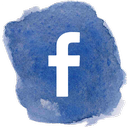
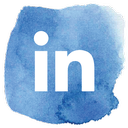
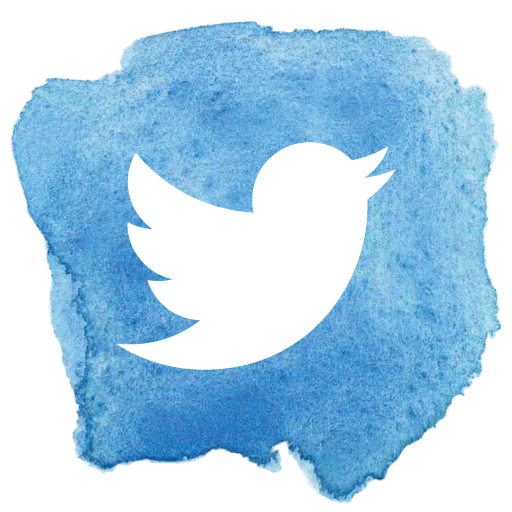
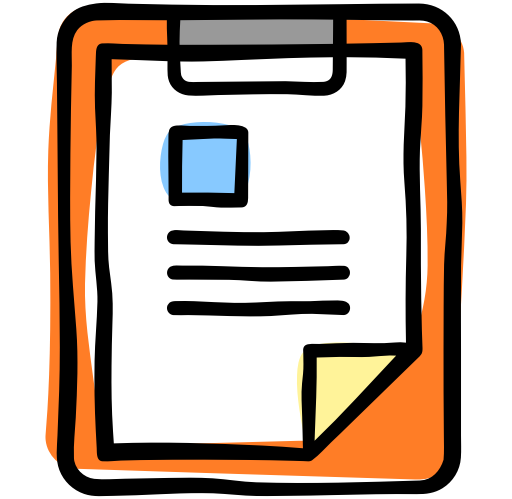

nice article
good